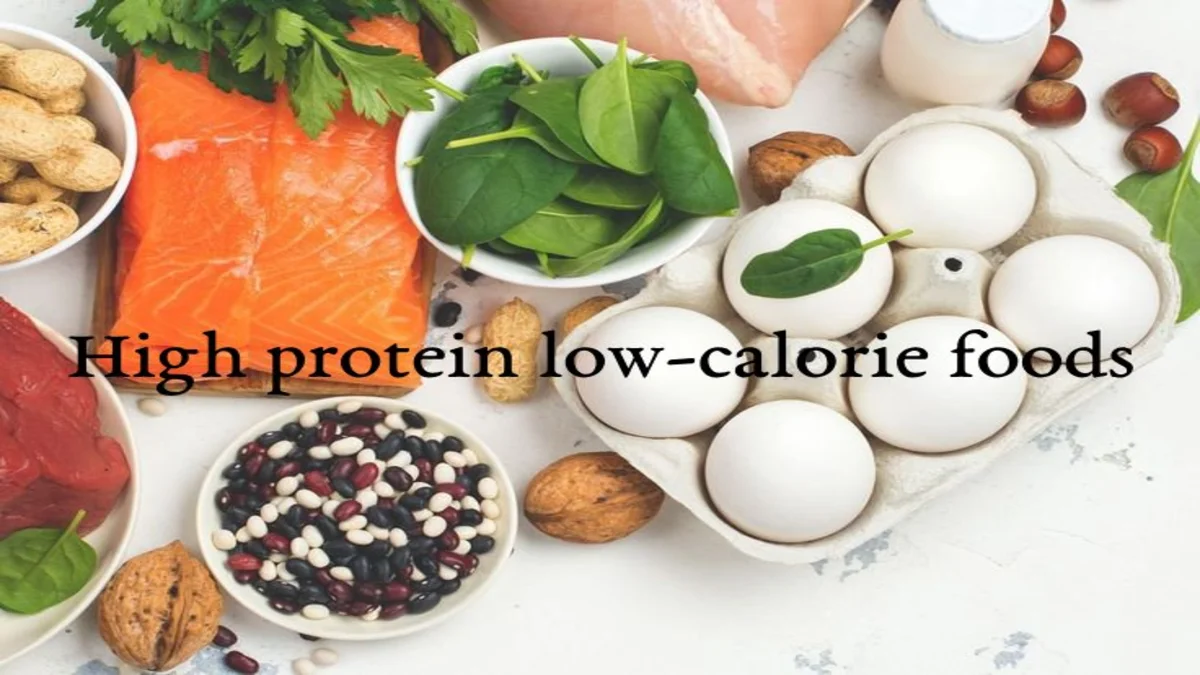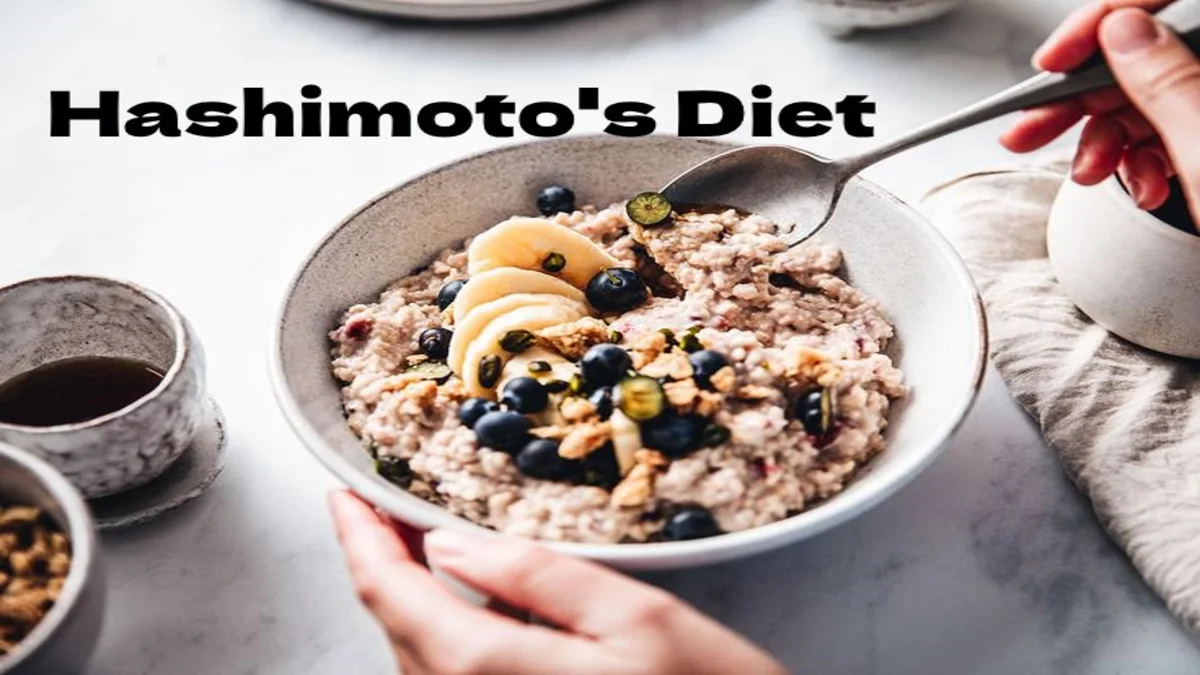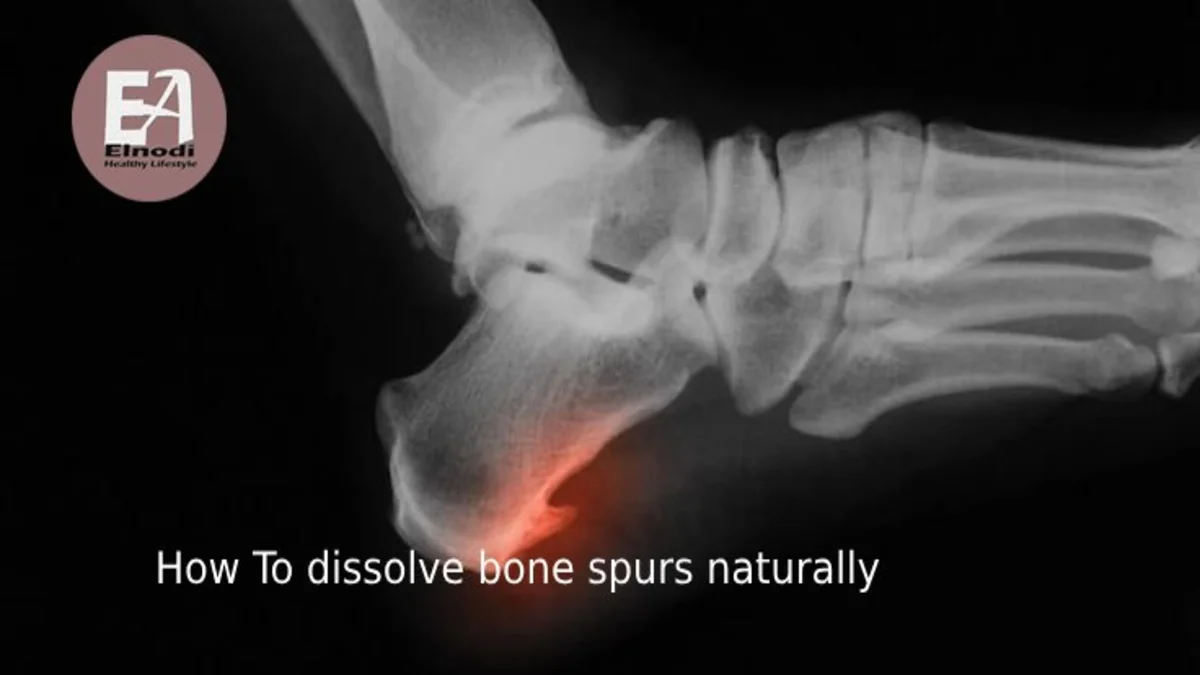Many high protein low-calorie foods offer optimal nutrition and weight loss. When selecting a diet plan, do not forget to include these foods in your daily menu. By incorporating them into your diet in moderation, you can reach your goals while maintaining balanced nutrition.
In the pursuit of a healthy and balanced lifestyle, the significance of nutrition cannot be overstated. High-protein, low-calorie foods have emerged as nutritional powerhouses, offering a combination of essential nutrients that support overall well-being, weight management, and muscle development.
why protein is important?
Protein is a crucial macronutrient that plays a fundamental role in maintaining and supporting various functions within the human body. Here are several reasons why protein is important:
- Muscle Structure and Function:
- Proteins are the building blocks of muscles. Adequate protein intake is essential for the repair, maintenance, and growth of muscle tissues, especially for individuals engaged in physical activities or strength training.
- Enzyme Production:
- Enzymes are proteins that facilitate chemical reactions in the body. These reactions are vital for processes such as digestion, metabolism, and the synthesis of essential molecules.
- Cellular Structure:
- Proteins are integral components of cell structures, including cell membranes and organelles. They play a crucial role in maintaining cell integrity and function.
- Immune System Support:
- Antibodies, which are proteins, are a key component of the immune system. They help defend the body against infections and other harmful invaders.
- Hormone Regulation:
- Many hormones, such as insulin and growth hormone, are proteins. These hormones play a critical role in regulating various physiological processes, including metabolism, growth, and stress responses.
- Transportation of Molecules:
- Proteins act as carriers and transporters for various molecules, such as oxygen (hemoglobin in red blood cells), nutrients, and waste products.
- Structural Support:
- Proteins contribute to the structure and strength of connective tissues, including tendons, ligaments, and skin.
- Fluid Balance:
- Certain proteins help maintain the balance of fluids in and out of cells, contributing to overall hydration and the prevention of edema.
- Energy Source:
- While carbohydrates and fats are the primary sources of energy, proteins can be used as an energy source when needed, particularly during periods of insufficient carbohydrate intake.
- Maintaining pH Balance:
- Proteins help regulate the body’s acid-base balance, ensuring that the pH levels within the body remain within a narrow range for optimal function.
- Blood Clotting:
- Several proteins are involved in the blood clotting process, preventing excessive bleeding in case of injury.
- Neurotransmitter Synthesis:
- Proteins play a role in the synthesis of neurotransmitters, which are chemical messengers that facilitate communication between nerve cells.
For optimal health, it’s important to include an adequate amount of protein in your diet. The recommended daily intake can vary based on factors such as age, sex, physical activity level, and overall health. Protein-rich foods include meat, poultry, fish, dairy products, eggs, legumes, nuts, seeds, and plant-based protein sources like tofu and tempeh.
why low calories is important?
Maintaining a diet that is low in calories can be important for several reasons, depending on individual health goals and overall well-being. Here are some key reasons why a low-calorie approach might be important:
- Weight Management:
- Consuming fewer calories than the body expends can contribute to weight loss. For individuals looking to manage or reduce their weight, a low-calorie diet, combined with regular physical activity, can create a calorie deficit, leading to gradual and sustainable weight loss.
- Caloric Restriction for Health Benefits:
- Some research suggests that caloric restriction, without malnutrition, may have potential health benefits, such as increased longevity and a reduced risk of certain age-related diseases. Caloric restriction has been studied in various animal models, and ongoing research is exploring its potential impact on human health.
- Metabolic Health:
- Maintaining a healthy balance between calorie intake and expenditure is crucial for metabolic health. Consuming excess calories regularly can contribute to conditions such as insulin resistance, type 2 diabetes, and metabolic syndrome.
- Heart Health:
- Blood Sugar Regulation:
- Low-calorie diets that focus on whole, nutrient-dense foods can help regulate blood sugar levels. This is particularly important for individuals with diabetes or those at risk of developing the condition.
- Digestive Health:
- A diet that is lower in calories but rich in fiber, vitamins, and minerals can contribute to better digestive health. Fiber, in particular, helps maintain regular bowel movements and supports a healthy gut microbiome.
- Improved Nutrient Intake:
- Focusing on nutrient-dense, low-calorie foods ensures that individuals get essential vitamins, minerals, and other nutrients without excessive calorie intake. This can help prevent nutritional deficiencies and support overall health.
- Reduced Risk of Obesity-Related Conditions:
- Obesity is associated with an increased risk of various health conditions, including cardiovascular disease, certain cancers, and musculoskeletal issues. Adopting a low-calorie approach can help reduce the risk of these obesity-related conditions.
It’s important to note that “low calorie” does not mean “no calorie” or inadequate calorie intake. Caloric needs vary among individuals based on factors such as age, sex, activity level, and overall health.
It’s crucial to strike a balance between calorie intake and expenditure to support individual health goals while ensuring that nutritional needs are met. Before making significant changes to your diet, it’s advisable to consult with a healthcare professional or a registered dietitian for personalized guidance.
The Dual Benefit: Protein and Low Calories
- Protein Prowess: Protein is a crucial macronutrient that plays a fundamental role in building and repairing tissues, supporting immune function, and maintaining healthy skin, hair, and nails. High-protein foods are particularly beneficial for individuals engaged in regular physical activity or those looking to increase muscle mass.
- Caloric Consciousness: Low-calorie foods are instrumental in weight management and can contribute to a calorie deficit, aiding in weight loss goals. These foods often provide essential nutrients without an excess of calories, making them ideal for those seeking to maintain a healthy weight.
Top Picks for High Protein, Low-Calorie Foods per 100 grams
1. Chicken Breas (high protein low-calorie foods)
- Calories: 165
- Protein: 31g
Lean and protein-packed, chicken breast is a versatile option that can be incorporated into various dishes. It’s low in calories and an excellent source of essential amino acids.
2. Greek Yogurt (high protein low-calorie foods)
- Calories: 59
- Protein: 10g
Rich in protein and probiotics, Greek yogurt not only supports muscle health but also promotes gut health. Opt for the plain, non-fat variety to keep the calorie count low.
3. Egg Whites (high protein low-calorie foods)
- Calories: 52
- Protein: 11g
Eggs are a complete protein source, and by opting for egg whites, you get the protein without the extra calories from yolks. They’re perfect for omelets, scrambles, and baking.
4. Quinoa (high protein low-calorie foods)
- Calories: 120
- Protein: 4g
A nutrient-dense grain, quinoa offers a good balance of protein and carbohydrates. It’s a fantastic option for those looking to incorporate plant-based proteins into their diet.
5. Cottage Cheese (high protein low-calorie foods)
- Calories: 98
- Protein: 11g
Cottage cheese is rich in casein protein, which is slowly absorbed by the body, providing a sustained release of amino acids. It’s a satisfying and low-calorie snack.
6. Spinach (high protein low-calorie foods)
- Calories: 23
- Protein: 2.9g
Packed with nutrients, including protein, spinach is a leafy green that adds volume to meals without a significant calorie load. It’s an excellent choice for salads, smoothies, and sautés.
7. Tuna (high protein low-calorie foods)
- Calories: 94
- Protein: 20g
Canned tuna is a convenient, low-calorie protein source rich in omega-3 fatty acids, promoting heart health.
8. Turkey Breast (high protein low-calorie foods)
- Calories: 135
- Protein: 29g
Similar to chicken breast, turkey breast offers a lean protein source that’s low in calories and high in essential nutrients.
9. Shrimp (high protein low-calorie foods)
- Calories: 99
- Protein: 24g
Seafood like shrimp is not only low in calories but also a fantastic source of protein, vitamins, and minerals.
10. Lentils (high protein low-calorie foods)
- Calories: 116
- Protein: 9g
As a plant-based protein, lentils are rich in fiber and protein, making them a filling and nutritious choice with minimal calories.
11. Salmon (high protein low-calorie foods)
- Calories: 206
- Protein: 22g
Fatty fish like salmon provide protein, omega-3 fatty acids, and vitamin D, offering a nutrient-dense, low-calorie option.
12. Broccoli (high protein low-calorie foods)
- Calories: 55
- Protein: 3.7g
Packed with vitamins, minerals, and protein, broccoli is a low-calorie vegetable that adds nutritional value to meals.
13. Mushrooms (high protein low-calorie foods)
- Calories: 22
- Protein: 3.1g
Low in calories and containing a moderate amount of protein, mushrooms are a versatile addition to various dishes.
14. Pork Tenderloin (high protein low-calorie foods)
- Calories: 143
- Protein: 28g
Lean cuts of pork tenderloin offer a good protein-to-calorie ratio, providing essential nutrients for muscle health.
15. Edamame (high protein low-calorie foods)
- Calories: 122
- Protein: 11g
These young soybeans are not only rich in protein but also a good source of fiber, making them a nutritious, low-calorie snack.
16. Cauliflower (high protein low-calorie foods)
- Calories: 25
- Protein: 2g
A versatile vegetable, cauliflower is low in calories and can be used as a substitute for higher-calorie foods in various recipes.
17. Ground Turkey (high protein low-calorie foods)
- Calories: 189
- Protein: 29g
Lean ground turkey is a protein-packed alternative to beef, offering a lower-calorie option for various dishes.
18. Green Beans (high protein low-calorie foods)
- Calories: 31
- Protein: 2g
Low in calories and high in fiber, green beans are a nutritious vegetable that complements a high-protein diet.
19. Tofu (high protein low-calorie foods)
- Calories: 144
- Protein: 15g
A plant-based protein, tofu is low in calories and can be incorporated into a variety of savory and sweet dishes.
20. Plain Skyr (high protein low-calorie foods)
- Calories: 58
- Protein: 11g
Similar to Greek yogurt, skyr is an Icelandic dairy product rich in protein and low in calories, making it a great snack or breakfast option.
Incorporating High Protein Low-Calorie Foods into Your Diet
- Balanced Meal Planning: Create well-rounded meals that combine high protein, low-calorie foods with a variety of vegetables, fruits, and whole grains for a balanced and nutritious diet.
- Mindful Eating: Pay attention to portion sizes and savor the flavors of your food. Mindful eating can enhance satisfaction, preventing overeating.
Avoiding Common Mistakes When Choosing High Protein Low-Calorie Foods
Choosing high-protein, low-calorie foods is a smart approach for those aiming to maintain a healthy weight, build muscle, or improve overall nutrition. However, there are common mistakes that individuals may make when navigating these food choices. Here’s how to avoid them:
1. Ignoring Nutrient Density:
- Mistake: Focusing solely on protein and calories without considering overall nutrient content.
- Solution: Opt for nutrient-dense foods, providing a range of essential vitamins, minerals, and other nutrients in addition to protein and low calories. This promotes overall health and well-being.
2. Overlooking Portion Sizes:
- Mistake: Assuming that all high-protein, low-calorie foods can be consumed in unlimited quantities.
- Solution: Be mindful of portion sizes. While these foods may be lower in calories, consuming excessive amounts can still lead to an overabundance of calories. Practice moderation.
3. Not Considering Personal Preferences:
- Mistake: Choosing foods solely based on their nutritional content without considering personal taste preferences.
- Solution: Find high-protein, low-calorie foods that align with your taste preferences. This increases the likelihood of maintaining a sustainable and enjoyable dietary pattern.
4. Relying Solely on Processed Options:
- Mistake: Depending heavily on processed or pre-packaged “diet” foods.
- Solution: Include a variety of whole, minimally processed foods in your diet. Fresh fruits, vegetables, lean meats, and other whole foods offer a broader spectrum of nutrients and can contribute to long-term health.
5. Forgetting Fiber:
- Mistake: Overlooking the importance of dietary fiber.
- Solution: Ensure that your high-protein, low-calorie choices also contain an adequate amount of fiber. Fiber contributes to satiety, aids digestion, and supports overall gut health.
6. Not Staying Hydrated:
- Mistake: Neglecting the role of hydration in a balanced diet.
- Solution: Drink plenty of water. Sometimes, the body can mistake thirst for hunger, leading to unnecessary calorie consumption. Staying hydrated is crucial for overall health.
7. Ignoring Individual Needs:
- Mistake: Assuming that one-size-fits-all when it comes to dietary choices.
- Solution: Consider individual factors such as age, activity level, and specific health goals. Consult with a healthcare professional or a nutritionist to tailor dietary choices to personal needs.
8. Not Planning Balanced Meals:
- Mistake: Focusing only on individual snacks or components rather than planning balanced meals.
- Solution: Create well-rounded meals that incorporate a mix of protein, healthy fats, carbohydrates, and a variety of vegetables and fruits. This approach ensures comprehensive nutrition.
By being aware of these common mistakes, individuals can make informed choices and create a sustainable and balanced high-protein, low-calorie diet that aligns with their health and wellness goals.
High Protein Low-Calorie Recipes
1. Grilled Chicken and Quinoa Salad
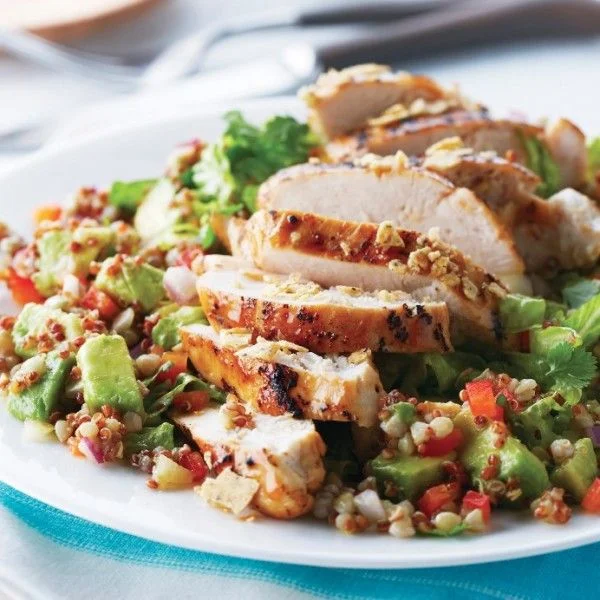
Ingredients:
- 1 cup cooked quinoa
- 8 oz grilled chicken breast, sliced
- 1 cup cherry tomatoes, halved
- 1 cucumber, diced
- 1/4 cup red onion, finely chopped
- 2 tablespoons feta cheese, crumbled
- Fresh parsley, chopped
Dressing:
- 2 tablespoons olive oil
- 1 tablespoon balsamic vinegar
- 1 teaspoon Dijon mustard
- Salt and pepper to taste
Instructions:
- In a large bowl, combine quinoa, grilled chicken, cherry tomatoes, cucumber, red onion, and feta cheese.
- In a small bowl, whisk together the olive oil, balsamic vinegar, Dijon mustard, salt, and pepper to make the dressing.
- Pour the dressing over the salad and toss until everything is well coated.
- Garnish with fresh parsley and serve.
2. Baked Salmon with Asparagus
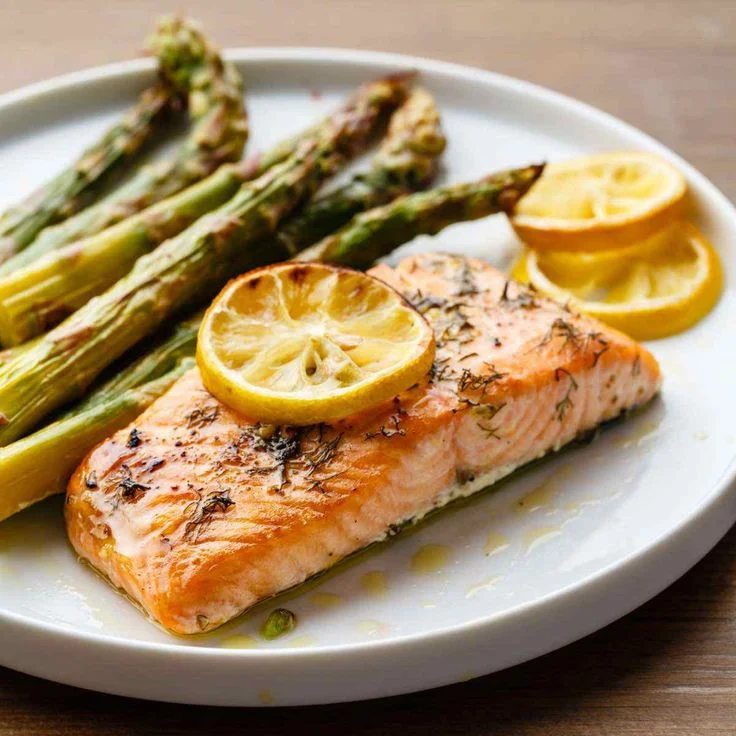
Ingredients:
- 4 salmon fillets (about 4 oz each)
- 1 bunch asparagus, trimmed
- 2 tablespoons olive oil
- 2 cloves garlic, minced
- 1 teaspoon lemon zest
- Salt and pepper to taste
- Fresh dill for garnish
Instructions:
- Preheat the oven to 400°F (200°C).
- Place the salmon fillets and asparagus on a baking sheet.
- In a small bowl, mix olive oil, minced garlic, lemon zest, salt, and pepper.
- Brush the olive oil mixture over the salmon and asparagus.
- Bake for 12-15 minutes or until the salmon is cooked through and flakes easily with a fork.
- Garnish with fresh dill and serve.
3. Black Bean and Vegetable Stir-Fry

Ingredients:
- 1 cup black beans (canned, drained, and rinsed)
- 1 cup broccoli florets
- 1 bell pepper, thinly sliced
- 1 carrot, julienned
- 1 cup snap peas
- 2 tablespoons soy sauce
- 1 tablespoon sesame oil
- 1 teaspoon ginger, minced
- 2 cloves garlic, minced
- 2 green onions, chopped
- Sesame seeds for garnish
Instructions:
- Heat sesame oil in a wok or large skillet over medium-high heat.
- Add ginger and garlic, stir-fry for 1 minute.
- Add broccoli, bell pepper, carrot, and snap peas. Cook for 3-4 minutes until vegetables are crisp-tender.
- Stir in black beans and soy sauce, and cook for an additional 2-3 minutes.
- Garnish with green onions and sesame seeds.
- Serve over cauliflower rice or steamed brown rice.
These recipes are not only packed with protein but also full of flavor and nutrition. Adjust portion sizes to meet your dietary goals, and feel free to customize the recipes based on your preferences.
Summary
In conclusion, high-protein low-calorie foods are essential to a balanced diet. You may promote general health and wellness, muscle growth, and weight loss by including these foods in your daily meals. A few advantages of eating high protein low-calorie foods are better weight management, better muscle growth and recovery, and improved metabolic function.
You can design a varied and well-balanced diet that satisfies your nutritional requirements by choosing a range of lean meats, seafood, dairy products, and plant-based protein sources. Meal preparation and planning can also help you stick to your low-calorie, high-protein targets, enabling you to continue living a healthy lifestyle even on hectic workdays.
Always be sure you are meeting your unique nutritional needs by consulting a healthcare provider or trained dietitian before making any significant dietary adjustments. High-protein, low-calorie foods can be an effective tool in establishing and sustaining a healthy lifestyle with careful planning and mindful eating.
FAQs
How do I get 150 grams of protein a day?
What protein burns the most fat?
Protein not only supports muscle growth and repair since it contains amino acids, the building blocks of muscle, but it is also the preferred fuel for fat burning. “You burn more calories to process protein than carbs and fats,” said Dr.
References
- Journal of Research in Medical Sciences: “Weight Loss Maintenance: A Review on Dietary Related Strategies”
- Obesity: “A High‐Protein Breakfast Prevents Body Fat Gain, Through Reductions in Daily Intake and Hunger, in ‘Breakfast Skipping’ Adolescents”
- USDA: “Fish, Salmon, Atlantic, Wild, Raw”
- USDA: “Broccoli, Raw”
- Journal of Nutrition and Metabolism: “Measuring Outcomes in Adult Weight Loss Studies That Include Diet and Physical Activity: A Systematic Review”
- Better Health Channel: “Energy in Food (Kilojoules and Calories)”
- USDA: “How Many Calories Are in One Gram of Fat, Carbohydrate, or Protein?”
- Mayo Clinic: “Whey Protein”
- Journal of Dietary Supplements: “Protein Supplements: Pros and Cons.”
- USDA: “Yogurt, Greek, Plain, Lowfat”
- USDA: “Low Fat Milk”
- USDA: “Cottage Cheese”


